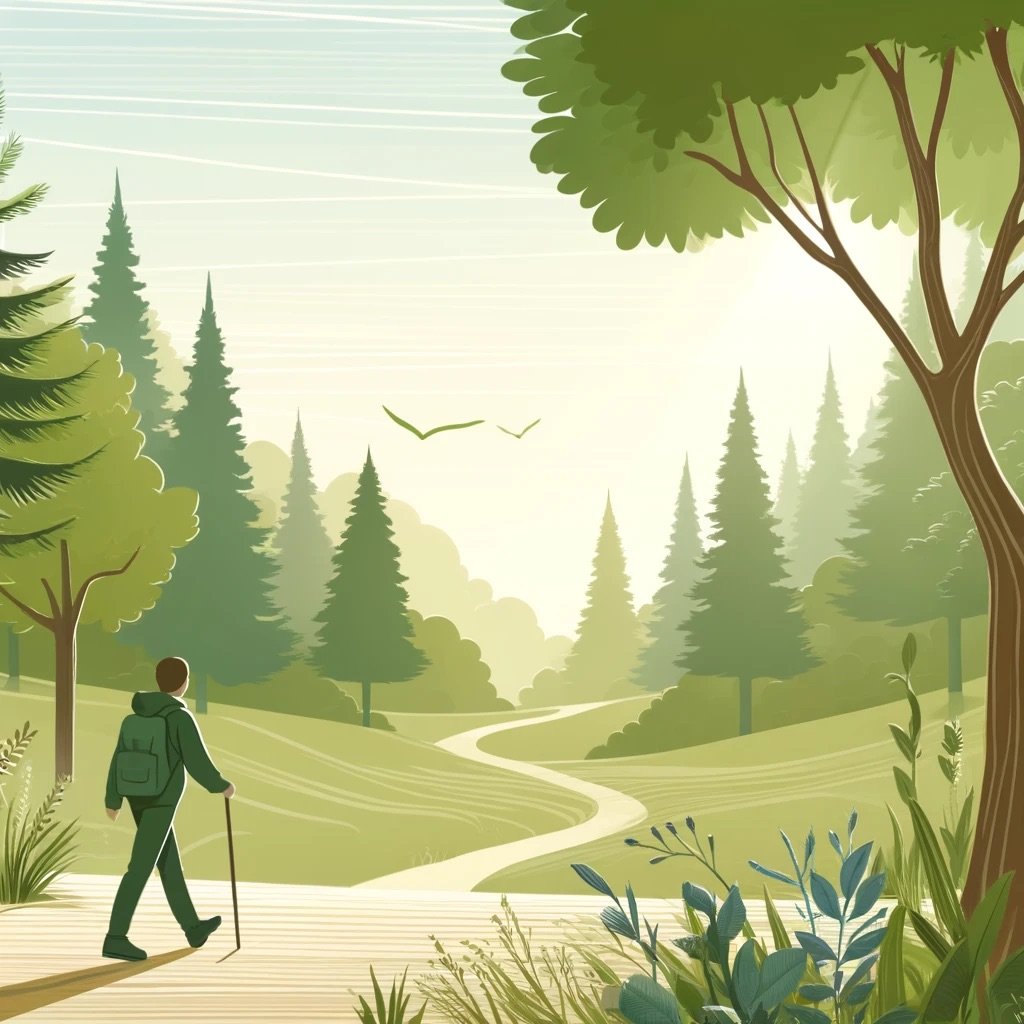Bird watching, or birding, is a delightful and educational activity that can be easily integrated into nature walks. Here’s how to get started with bird watching and make the most of your birding experience.
1. Essential Bird Watching Gear
- Binoculars: Invest in a good pair of binoculars to get a closer look at birds. Choose binoculars with a magnification of 8x or 10x for optimal viewing.
- Field Guide: Bring a field guide specific to your region to help identify different bird species. Apps like Merlin Bird ID can also be helpful.
- Notebook: Keep a notebook or journal to record your observations and notes about the birds you see.
2. Choosing the Right Location
- Local Parks and Reserves: Start your bird watching in local parks, nature reserves, and wildlife sanctuaries known for diverse bird populations.
- Water Bodies: Lakes, rivers, and wetlands are excellent spots to find a variety of waterfowl and shorebirds.
3. Best Times for Bird Watching
- Early Morning: Birds are most active during the early morning hours, making it the best time for bird watching.
- Late Afternoon: Another good time for bird watching is late afternoon, as birds become active again before sunset.
4. Tips for Spotting Birds
- Move Quietly: Walk slowly and quietly to avoid startling birds. Listen for bird calls and songs to help locate them.
- Look for Movement: Scan trees, bushes, and the ground for any signs of movement. Birds often reveal their presence by fluttering or hopping.
- Use Your Ears: Pay attention to bird songs and calls. Learning to recognize common bird sounds can help you identify species even when they are not visible.
5. Identifying Birds
- Observe Key Features: Take note of the bird’s size, shape, color patterns, and behavior. Look for distinctive markings, such as eye rings or wing bars.
- Use Your Field Guide: Compare your observations with illustrations and descriptions in your field guide to identify the species.
- Ask for Help: Join local bird watching groups or online communities where you can share photos and ask for help with identification.
6. Recording Your Observations
- Note Details: Record details such as the date, time, location, weather conditions, and the number and species of birds observed.
- Take Photos: If possible, take photos to document your sightings and aid in identification later.
- Share Your Findings: Share your observations with bird watching communities and contribute to citizen science projects like eBird.
Conclusion
Bird watching is a rewarding and enriching activity that adds an extra layer of enjoyment to nature walks. With the right gear, an understanding of bird behavior, and a little patience, you can discover the fascinating world of birds and enhance your outdoor experience. Embrace the opportunity to connect with nature and learn more about the avian inhabitants of your local area. Happy birding!










